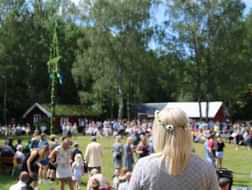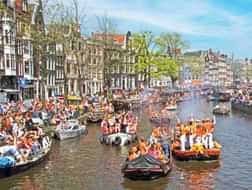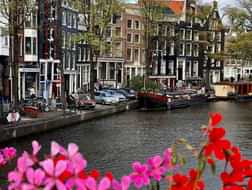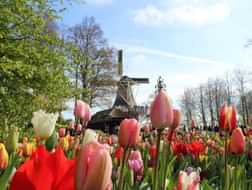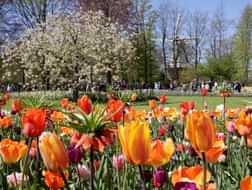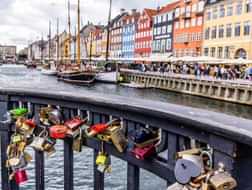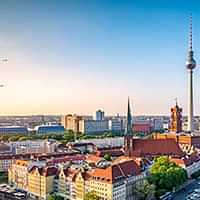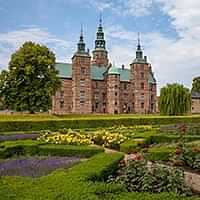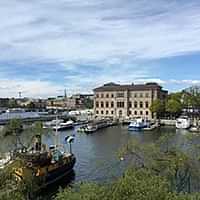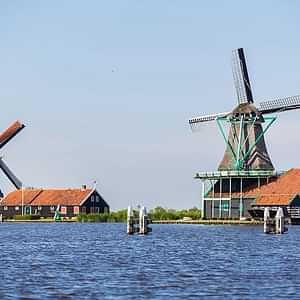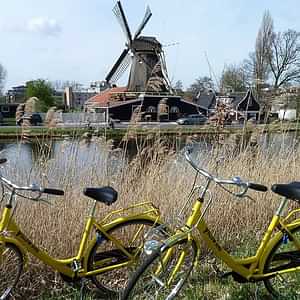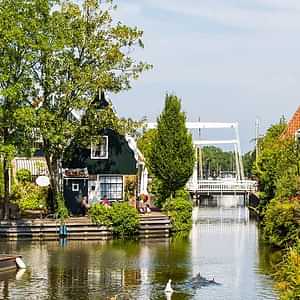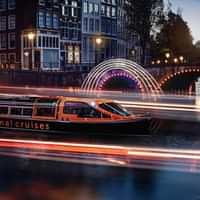Everything you want to know about Kinderdijk and its nineteen windmills

Nowhere in the world will you find a windmills complex like the one at Kinderdijk (Dutch for ‘Children Dike’). It is a village near Rotterdam in the South Holland province of the Netherlands, known for its iconic 18th-century windmills, built around 1740. Nineteen charming windmills and three pumping stations stand here as part of a larger water management system that prevented floods in the past.
Though the windmills in Kinderdijk no longer function to remove water from the area, as modern pumping stations are now in place, they remain a beautiful sight that show the ingenuity of the Dutch when it comes to water management. Visiting Kinderdijk is like traveling back in time.
Why Kinderdijk Windmills are a must-see
What is so special about the Kinderdijk windmills area? What really makes Kinderdijk stand out from other places in the Netherlands is that it has the largest concentration of old windmills in the world. And the area lies below sea level, which is not unique for the Netherlands as almost 26% of the country lies below sea level, but it does show why the windmills were of such importance in the past.
With the lowest point of the Netherlands being 6.7 metres below sea level, letting nature run its course here would destroy the country. Around 40% of the Netherlands would be flooded, and the other 60% would be under threat from the water. The Kinderdijk Windmills show you how the Dutch have been living, struggling, and working with the water that defines the country.

Why is Kinderdijk on the UNESCO World Heritage List?
Visitors come from all across the world to experience this unique piece of history for themselves. The Mill network at Kinderdijk became a UNESCO World Heritage site in 1997. One reason UNESCO praised the area for is being a human-made landscape that shows the ingenuity and fortitude of needed to drain and protect an area for over a millennium, through the development of and application of hydraulic technology.
It also lauds the fact that the area is an example for the world, with many of the drainage techniques used by the Dutch having been copied and adapted in many parts of the world. Finally, UNESCO sees the area as a unique and outstanding example of both an architectural ensemble and cultural landscape that is typical for the Netherlands.
Fun facts about the Kinderdijk windmills and things to do there
- Two of the Kinderdijk windmills can be visited
- Most of the windmills are inhabited, keep this in mind on your visit
- There are 3 different types of windmills in Kinderdijk: smock mills, post mills and ground-sail mills
- Your ticket to Kinderdijk also gives you access to a boat tour
- The Bird Theatre will introduce you to 22 local birds
- There is also a multi-screen film about the windmill area of Kinderdijk which can be viewed at the Wisboomgemaal Visitor’s Centre
- The pumping station also has a floating exhibition
This is where to see Dutch windmills, besides Kinderdijk
Kinderdijk clearly should not be overlooked when planning your Holland itinerary. You can visit the village easily from Rotterdam, either by Waterbus or by public transport. But if you are not staying in the Rotterdam area, you might want to visit other Dutch sights filled with windmills.
One option close to Amsterdam is Zaanse Schans, which you can easily visit with several of our Tours from Amsterdam. We will take you to the Zaanse Schans, where there are 13 windmills to admire. Not quite as many as at Kinderdijk but certainly worth a visit.
Our top tips

